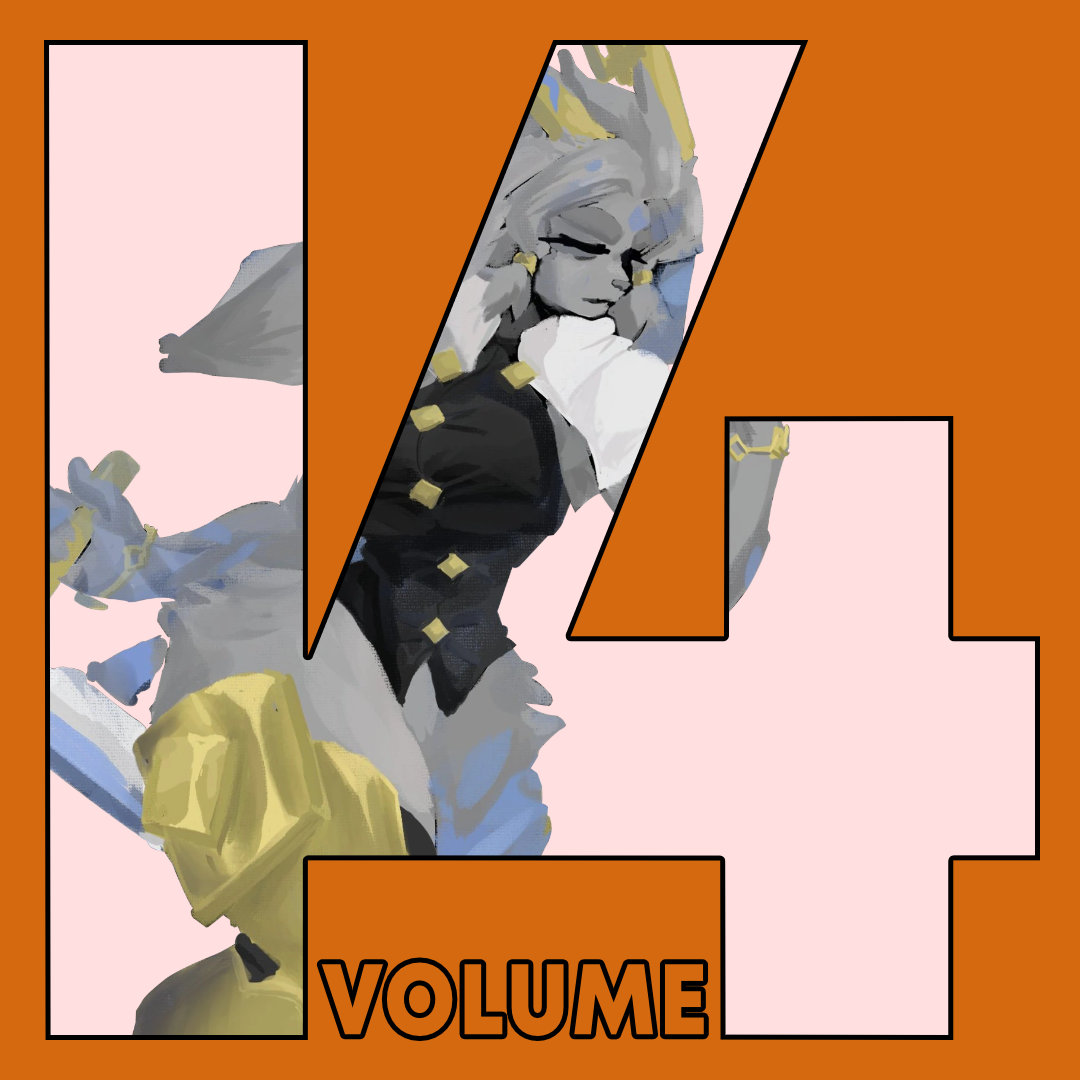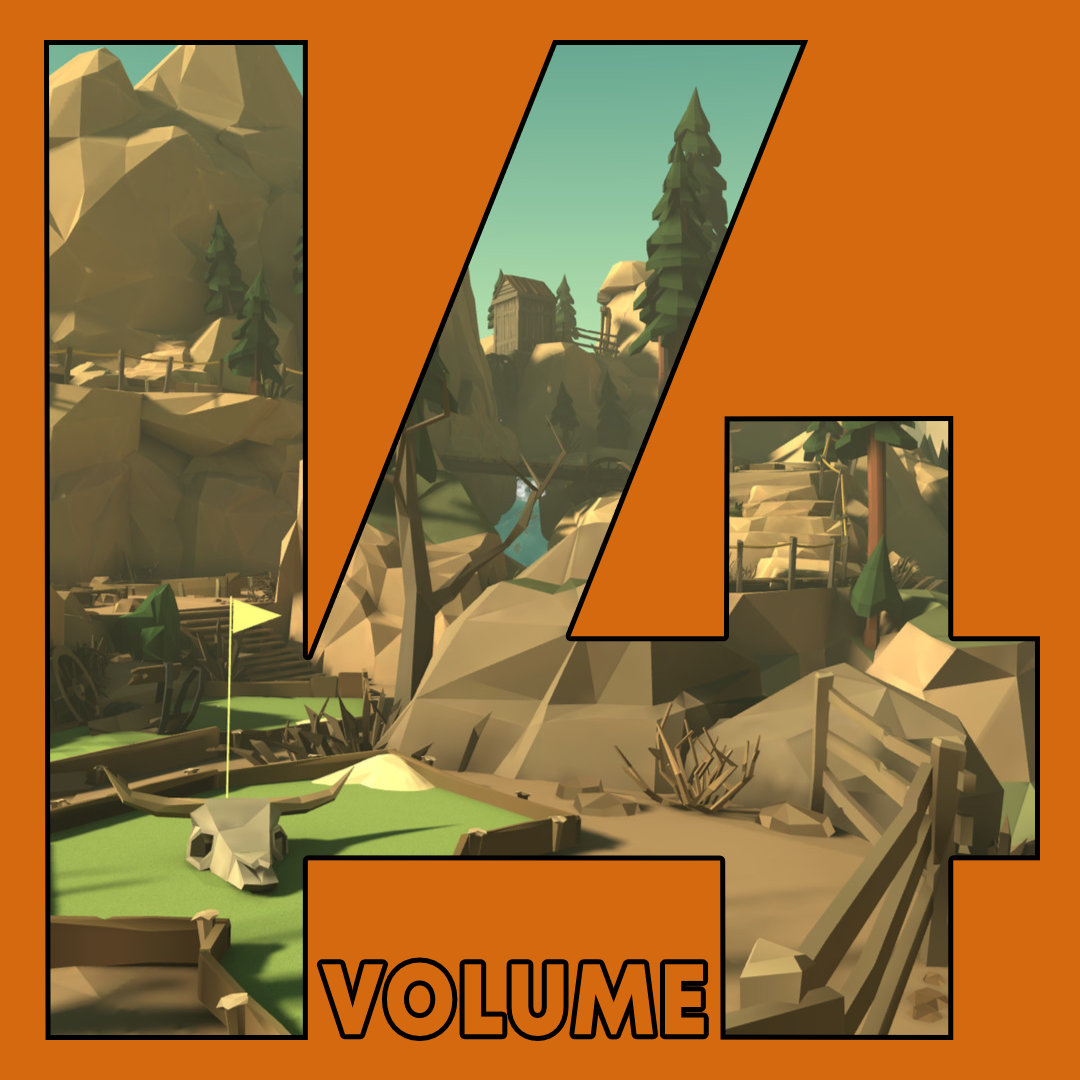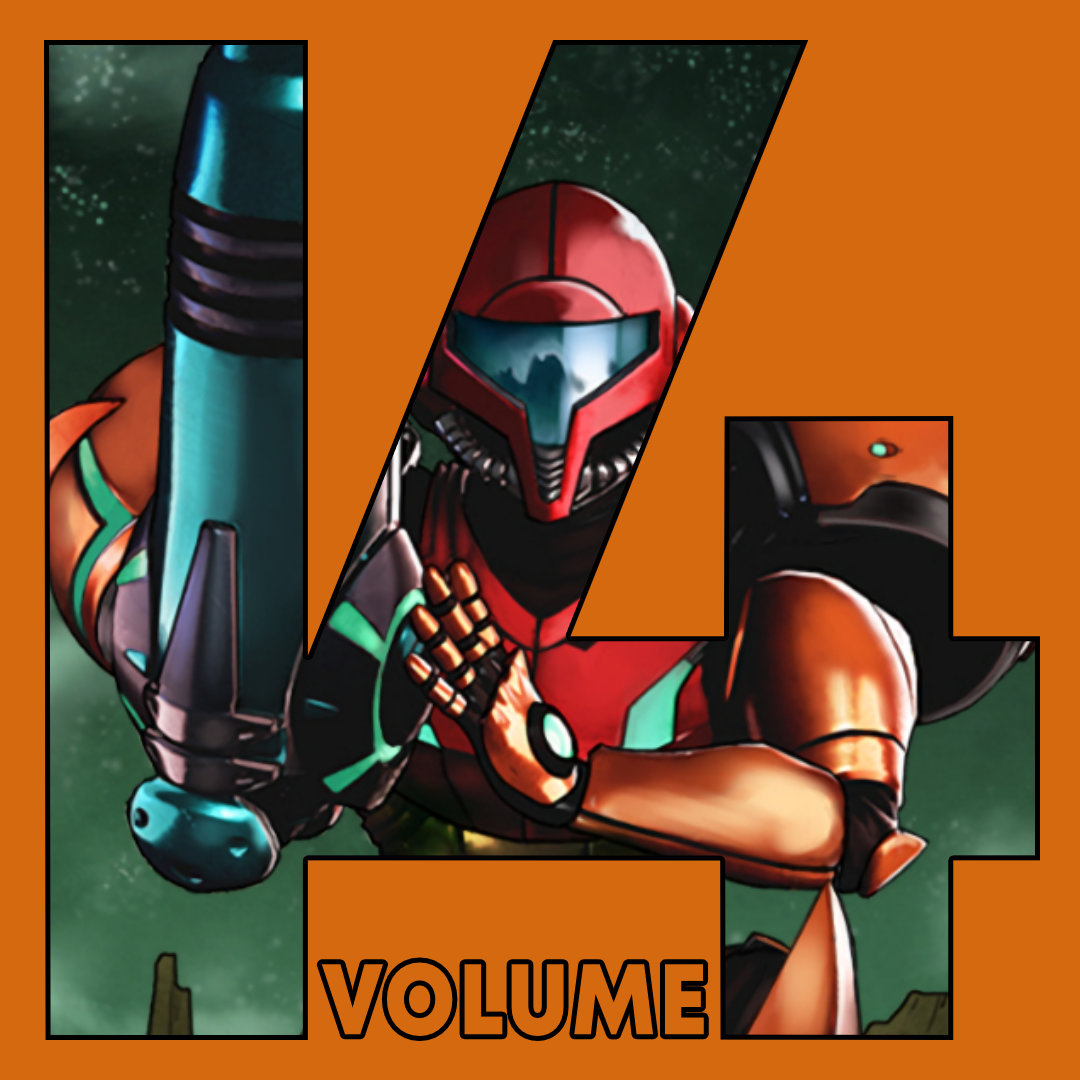“Oh, Japan!” is a phrase that I hear far too often around the gaming industry, but it’s also one that I can sympathise with entirely. It wasn’t terribly long ago that Japanese game development and I eyed one-another from afar with an apprehension verging on disdain. 2011 has been a milestone in my relationship with all things Japan and gaming, and it has been a revelation.
Looking backwards to the distant memory of a pre-2011 world, I’d like to say that I cannot fathom why I harboured a strong aversion to the games of this particular country, but I can’t. Truth is I know exactly why. I was certain beyond all doubt that there was a fundamental schism between my tastes and (stereo)typical Japanese games, a cultural divide if you will. The problem was that all too often I saw only androgynous characters, drenched in style over substance. Just look at this guy (below).

Imagine the dialogue his poor tailor had to go through.
Squall: I like it, but can we shorten the jacket? It needs to be a good way above the waist.
Tailor: Are you sure, sir? Did you see Rocky III? Baring midriff can be a challenge for the best of us.
Squall: Oh, I won’t be baring midriff, I just need more space for belts.
Tailor: Belts, sir?
Squall: Belts. At least 3 of them.
Tailor: And why does sir need 3 belts?
Squall: How else am I going to hold up these patches of fur and the strip of black leather I’m sporting?
Tailor: Ah. Well… Quite, sir.
This is a fairly timid example of the type of character design that put me off so much. There seemed to be far more concern for making the character look “cool” and too little paid to any kind of practicality. I won’t even start trying to work out the use for that gun/sword; does it actually fire blades?

Even when faced with perfectly well designed characters it seemed I was doomed to find fault. The emotional responses in Phoenix Wright go so far past whatever the intended effect that I can safely say I have no idea what the characters are expressing; I do, however, think Phoenix and Miles could use an exorcist.
The latent chauvinism of even such a revered hero as Solid Snake was also – for me – mirrored in all-to-frequently sexist representations of female characters (in both design and behaviour). I’m not going to put a picture here, but when I mention Gloria from Devil May Cry 4 I’m sure you’ll all know what I mean.
As a fan of stealth games, I was (and still am) embarrassed to say that I couldn’t make it to the first boss fight of Metal Gear Solid 3: Snake Eater. This wasn’t an issue of difficulty, nor of patience; it was my issue with crawling through field after field of grass to trigger an excellent and incredibly cinematic cutscene with the fantastic Revolver Ocelot, then back to the grass.
There were two things wrong with that experience, firstly it is my opinion that the player should feel like Snake, not just watch him in action. Secondly – and I maintain this having played MGS4 – Revolver Ocelot should have been the series’ primary antagonist for Solid Snake. Liquid is an awkward reminder of the fact that Hideo Kojima has as much of an idea about creating an intimidating villain as he does about genetics.
What to do? Could I really resign myself to ignoring the vast and significant area of gaming culture that Japan was responsible for? I didn’t see a way to overcome my hangups for long enough to recognise the brilliance that I was sure was there. And then Fate intervened.

A little shy of a year ago Lovefilm had the audacity to send me a game from near the bottom of my rental list. What puzzled me more was why Bayonetta was even on said rental list in the first place. When rattling my brain for information about the game, two pieces – above all others – came rising to the surface through the blue goop. These were that Bayonetta is an excellent example of the third person action genre, lauded by games journalists and podcasters the world over, and that after the proclamation of excellence, as sure as day followed night, came the comment “the better you play the more naked she gets”. It was for the second of these that I had decided to avoid Bayonetta.
I still don’t know how Bayonetta ended up on my rental list, but it is to the credit of several friendly Twitter voices – certain members of the Cane And Rinse team amongst them – that I didn’t simply send it straight back from whence it came. I was implored to try it, and try it I did.
Eventually, of course, I did send Bayonetta back, but instead of a note of begrudged curiosity it was with a fresh outlook on games hailing from the East. Bayonetta is not perfect (and I still have concerns over the depiction and behaviour of some of the characters) but it is a game that does not try to be a simulation; it does not covet realism, nor crave artistic merit. Platinum Games knew exactly what Bayonetta was and what it was meant to do… and they made sure it did it incredibly well.
From this point on 2011 became my year of Japanese discovery. I have thus far followed Bayonetta with (in alphabetical order) Ghost Trick: Phantom Detective, The Legend of Zelda: Ocarina of Time (3D), Kirby’s Epic Yarn, NIER, Ninja Gaiden II, Rez, Shadows of the Damned and the wonderful Shenmue II. No fewer than three of these titles were in my top 20 of all time when Twitter requested one, and the love affair continues as I’m currently engaged with Dark Souls, Demon’s Souls and ICO.
What I have found is that almost without exception these titles embrace the notion of being a game. In some cases with brash and almost reckless abandon the developer reminds the player – through combo meters, prominent scoring systems, overt nods to other games and that undefinable form of logic that only the video game has grasped – that they are sat in their living room with a controller in their hands. Take the ludicrous banter between Garcia Hotspur and his wise-cracking gun, Johnson, in Shadows Of The Damned, it doesn’t so much break the fourth wall as mercilessly mock it.
This year I have found something refreshing about playing games that aren’t mutton masquerading in the robes of lamb. Whether the tried and tested formula of a Zelda game, the wacky world of an ethereal detective solving his own murder, the unapologetic and unrelenting …Souls games or the emotionally wrought tale of a father’s love for his daughter in 3361, I have found something to love in each of these games. Something that sets them apart and identifies them to me as unafraid of forgoing some of the checkboxes in favour of providing a focused vision and, occasionally, a very special experience.
There’s an obvious cathartic appeal to venting a good few years worth of pent-up frustration towards the video games of Japan; a warmth to sharing the joy I have felt at letting that frustration go and embracing a previously estranged member of the gaming family. However, leaving egoism aside for a moment, I hope that this article can illustrate the importance – whether by design or accident – of breaking habits and of trying something new. What gaming genres, types, platforms or series do you avoid? Is it worth giving them a second chance?















I would strongly recommend you add ‘Lost Odyssey’ to your list of games to try, awesome RPG, treats the player as an adult.